Ficus amstel queen, also known as Amstel Queen Fig, is an attractive and popular ornamental plant belonging to the Moraceae family. It is a relatively new cultivar and is a hybrid of the Ficus genus. Ficus amstel queen is valued for its striking appearance and versatility, making it a sought-after choice for both indoor and outdoor landscaping.
Landscape Use:
Ficus amstel queen is a popular choice as an indoor plant, adding lush greenery and elegance to homes, offices, and other indoor spaces.
Its compact size and dense growth habit make it suitable for use in smaller gardens, patios, and balconies in outdoor settings.
Due to its low-maintenance nature and aesthetic appeal, Ficus amstel queen is a favored choice for landscape designers looking to incorporate greenery into various projects.
Overall, Ficus amstel queen is an exquisite and versatile plant, with its glossy green foliage and compact growth habit. Its adaptability to indoor conditions and relatively easy care requirements make it an excellent choice for plant enthusiasts and landscapers seeking to add a touch of green to various environments.
Below is a detailed description of Ficus amstel queen:
Plant Characteristics:
Size: Ficus amstel queen is a compact evergreen shrub or small tree. When grown indoors, it usually reaches a height of about 2 to 4 feet (0.6 to 1.2 meters), making it an excellent choice for smaller spaces. In outdoor settings, it can grow up to 10 to 15 feet (3 to 4.5 meters) under favorable conditions.
Leaves: The leaves of Ficus amstel queen are leathery, glossy, and oval-shaped with slightly wavy margins. They have a dark green color, which adds to the plant’s ornamental value. The leaves are typically 2 to 4 inches (5 to 10 cm) long and have prominent veins running along the surface.
Growth Habit: Ficus amstel queen has a dense and bushy growth habit, with multiple stems branching out from the base. The branches are sturdy and well-formed, giving the plant a compact and tidy appearance.
Roots: Like many Ficus species, Ficus amstel queen can develop aerial roots, especially in outdoor conditions where the humidity is higher.
Flowers and Fruits: Ficus amstel queen is not primarily grown for its flowers or fruits. In indoor settings, it is less likely to produce flowers and fruits. In outdoor conditions, the plant may occasionally produce small, inconspicuous flowers, followed by tiny fig-like fruits.
Cultural Requirements:
Sunlight: Ficus amstel queen thrives in bright, indirect light. It can tolerate some shade, but insufficient light may lead to reduced growth and foliage quality.
Temperature: It prefers a warm and stable environment, with temperatures ranging between 65 to 80°F (18 to 27°C). Avoid exposing the plant to cold drafts or extreme temperature fluctuations.
Soil: The plant requires well-draining, fertile soil to grow well. A mix of peat, perlite, and regular potting soil is suitable for indoor cultivation.
Watering: Ficus amstel queen prefers slightly moist soil but should not be overwatered. Allow the top inch of the soil to dry before watering again. During winter, reduce watering frequency slightly.
Humidity: This plant enjoys moderately high humidity levels. Regular misting or using a humidity tray can be beneficial, especially in dry indoor environments.

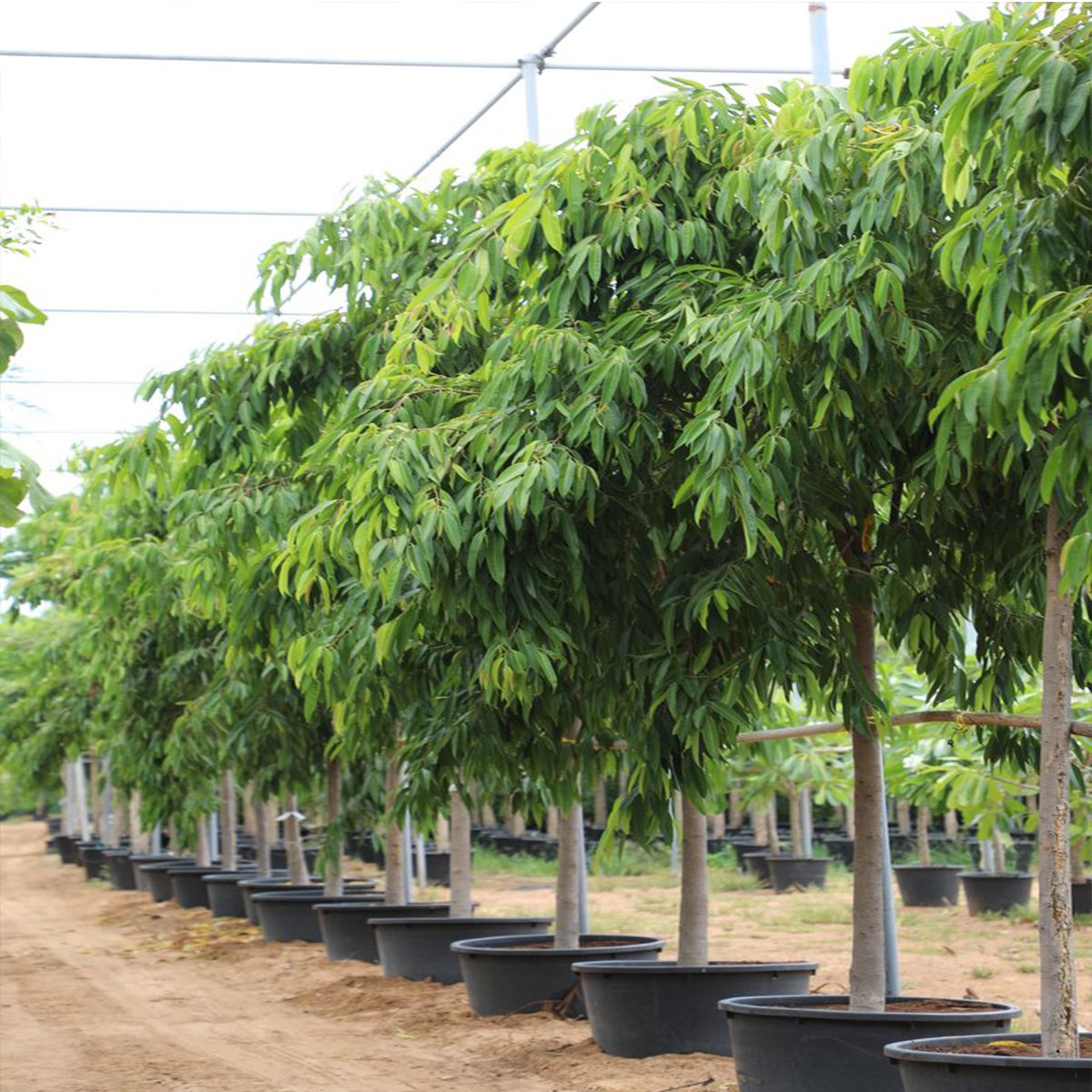
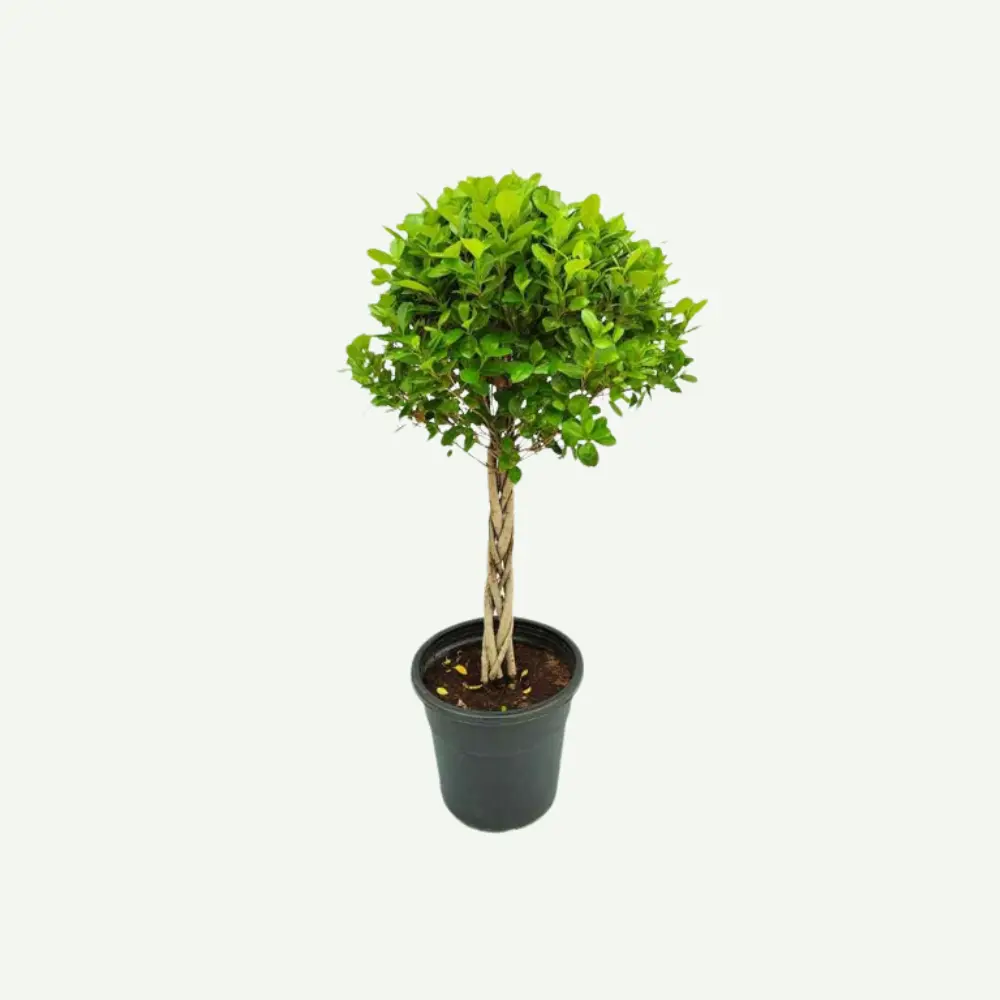
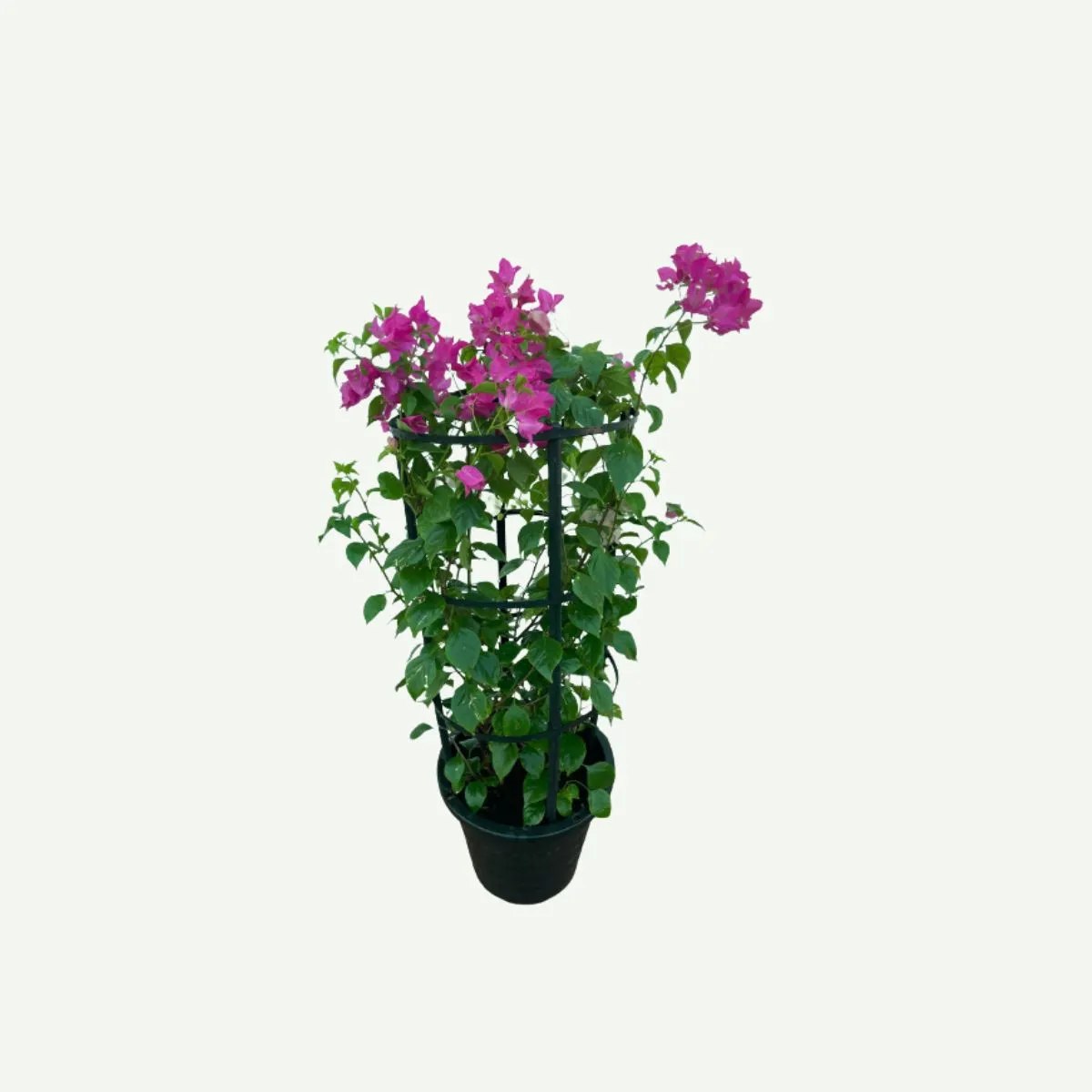
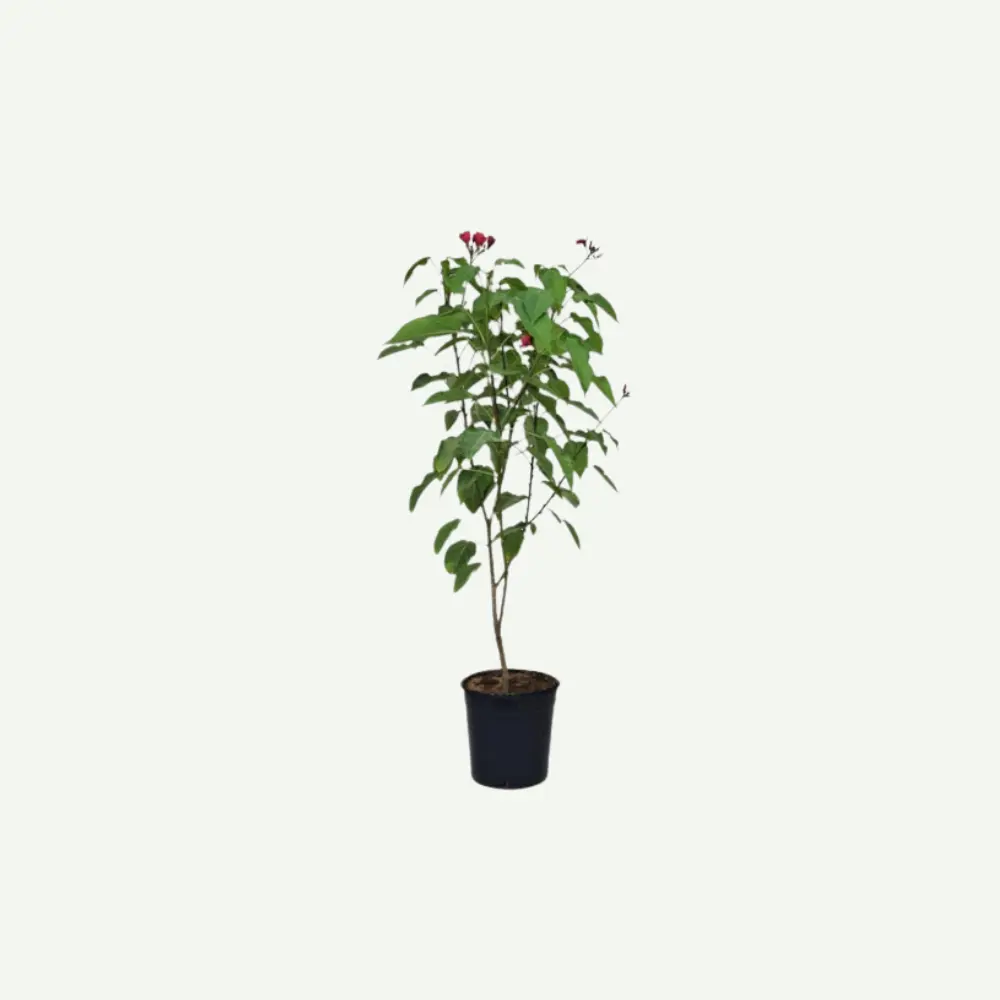
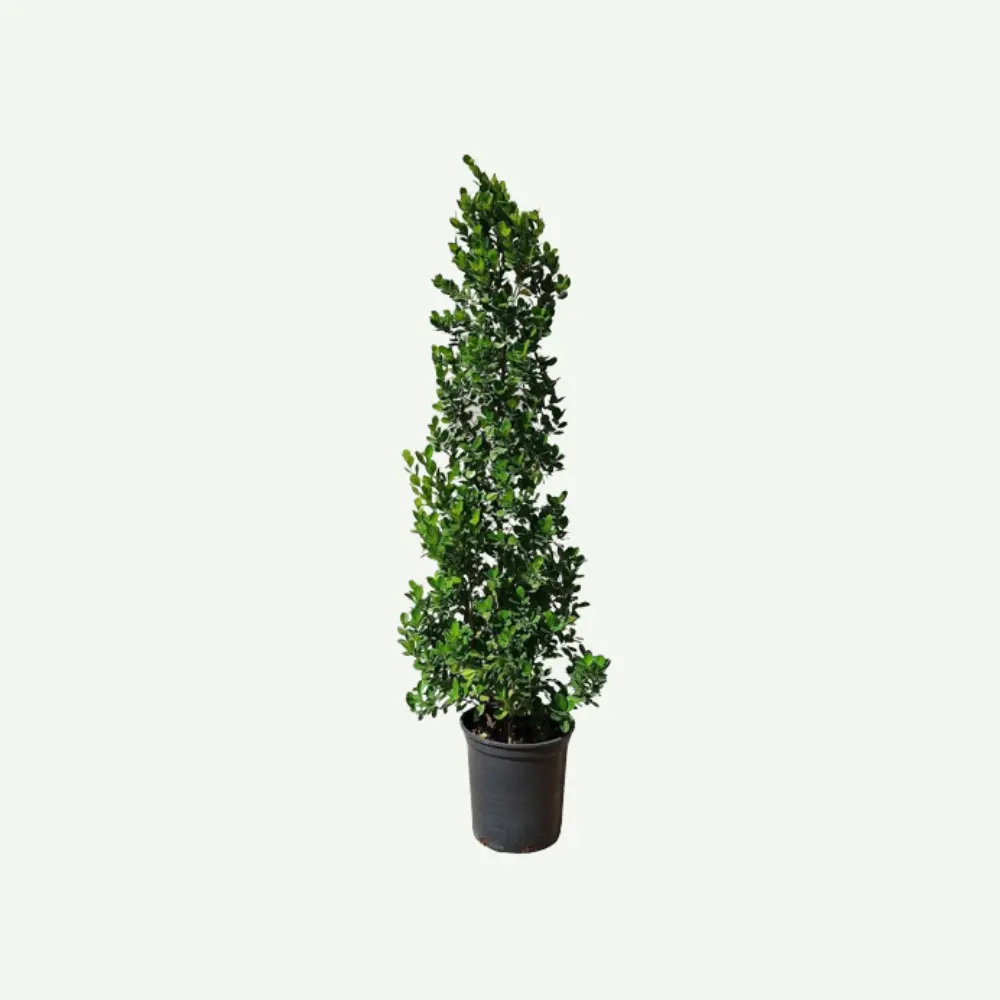
Reviews
There are no reviews yet.